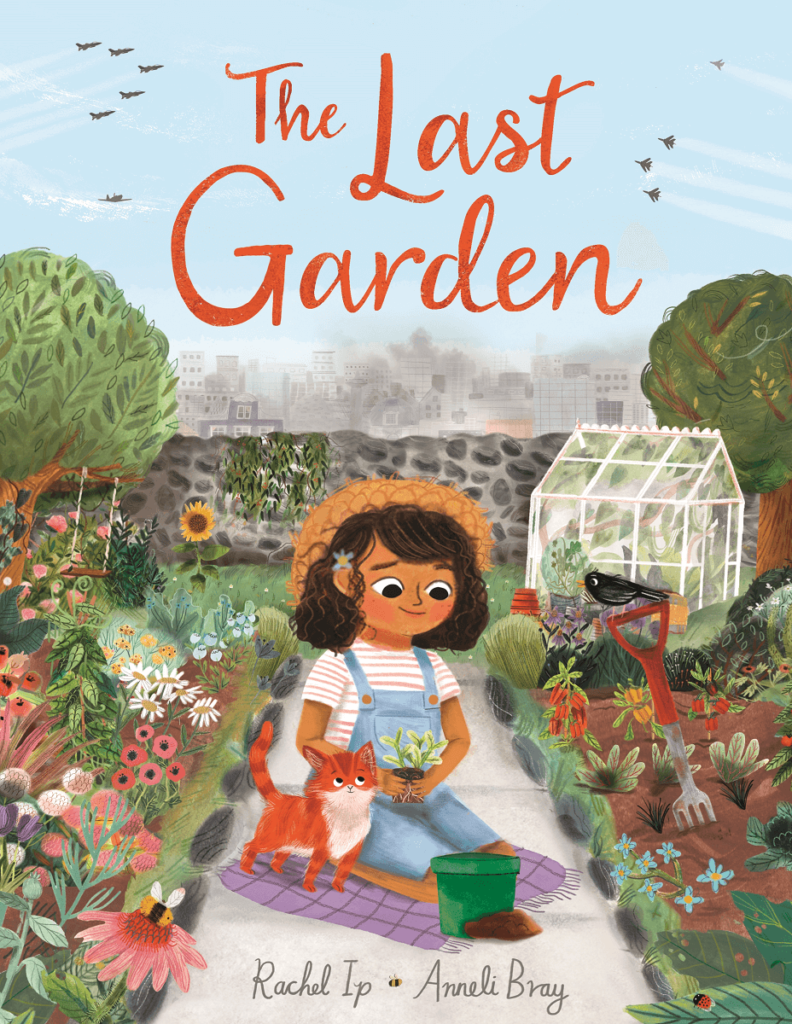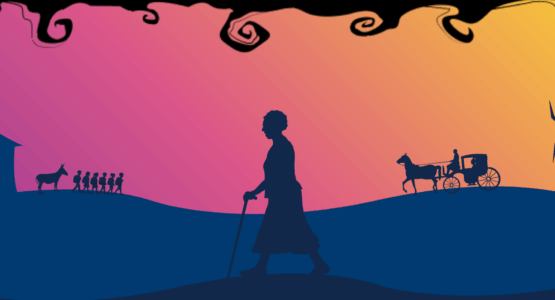Rachel Ip (1995) had a career in marketing communications and corporate brand building before becoming a children’s author. Her first two picture books have just been published. She is the Communications Strategist for the Yidan Prize Foundation, a global education philanthropy, and lives in Hong Kong with her husband Jeremy Ip (1994) and their two children.

Today is International Children’s Book Day, and this year’s theme is The Music of Words. As a linguist, I‘ve always been fascinated by the rhythm and musicality of languages. As a picture book author and parent, I love the alchemy of rhythm and lyricism that really makes a story sing.
The best picture books are a perfect harmony between the author, the illustrator and the readers. There are spaces between what’s told in the words, what’s told through the illustrations and what the readers themselves bring to the story.
These are the stories that both adults and children delight in reading over and over again. Told and retold. Shared and treasured.
It was only after reading hundreds of picture books to my children, and some of those hundreds of times, that I started to write my own stories.
Rudine Sims Bishop talks about the importance of stories as windows and mirrors:
Books are sometimes windows, offering views of worlds that may be real or imagined, familiar or strange. These windows are also sliding glass doors, and readers have only to walk through in imagination to become part of whatever world has been created and recreated by the author. When lighting conditions are just right, however, a window can also be a mirror… and in that reflection we can see our own lives and experiences as part of the larger human experience.
Rudine Sims Bishop
Stories have great capacity for building empathy in readers. I love the way picture books can be bridges to help explore challenging themes with very young readers.
Two of my stories were published recently, The Last Garden and The Forgettery. The Last Garden, illustrated by Anneli Bray and published by Hachette, is a story of war, peace and hope. It was inspired by many real gardens made in wartime around the world and touches on themes of conflict and migration. The Forgettery, illustrated by Laura Hughes and published by Farshore (formerly Egmont), is a magical adventure, exploring the experience of memory loss.

The Forgettery book cover 
The Last Garden book cover
Since leaving St John’s in 1999, I’ve worked in corporate communications and brand management in Europe and Asia. I’ve lived in Hong Kong since 2007, with my husband and fellow Johnian Jeremy Ip.
I recently started a new role as Communications Strategist for the Yidan Prize Foundation, a global philanthropic foundation supporting ideas and practices in education. Our 2019 Yidan Prize Laureate for Education Research is fellow Johnian Professor Usha Goswami, who received $30m HKD (approximately £3m) for her work on children’s cognitive development, particularly the development of language and literacy.

Her work on dyslexia led to the discovery that children with the disorder hear language differently, showing it to be a language disorder and not a visual disorder as previously thought. Her neuroscience research suggests that rhythm is the hidden factor in how children learn and process speech – and how they relate speech sounds to written words. These discoveries are enabling transformative educational interventions that have the potential to benefit millions of children worldwide.
There is music and rhythm in the words of stories. In Usha’s work, we see the science behind the important role of rhythm in language learning.
So today, on International Children’s Book Day, read your children stories – rhythmical, musical, magical stories!






